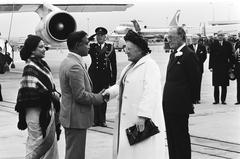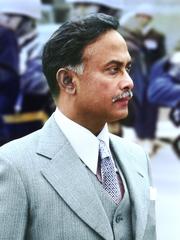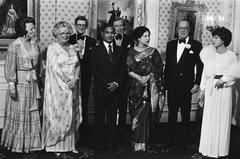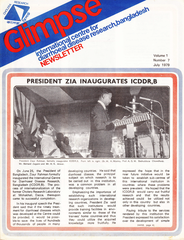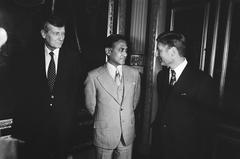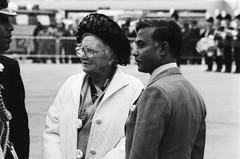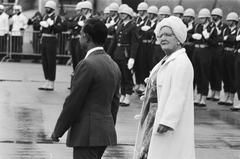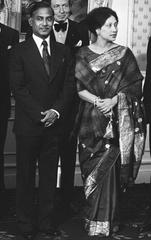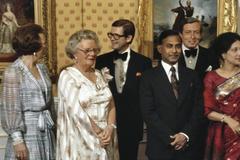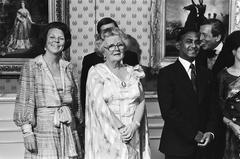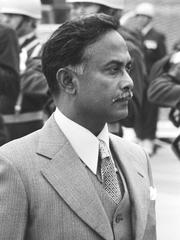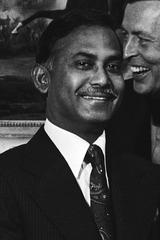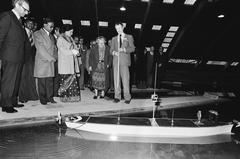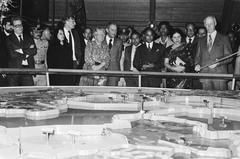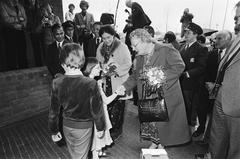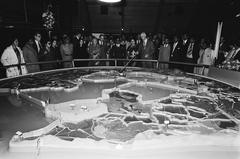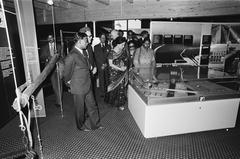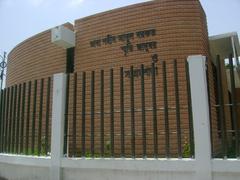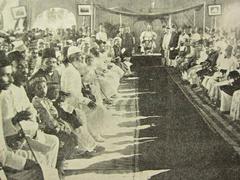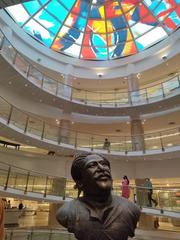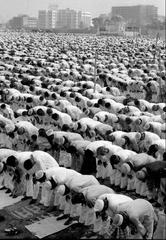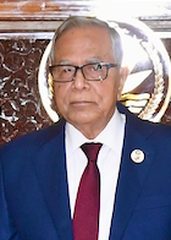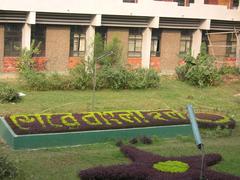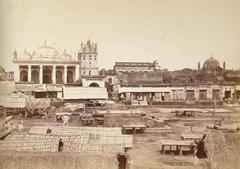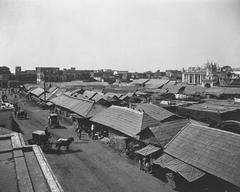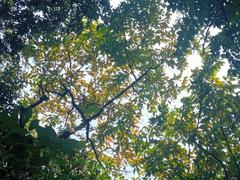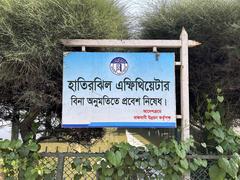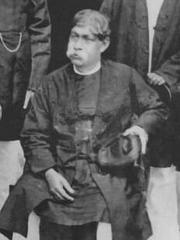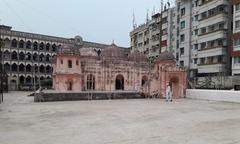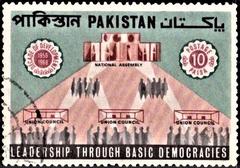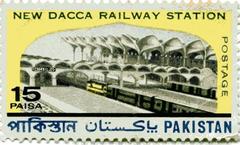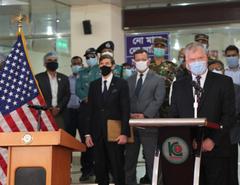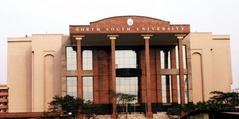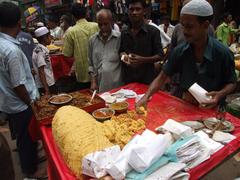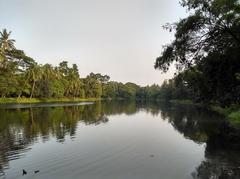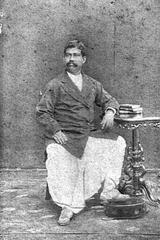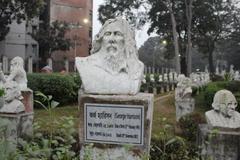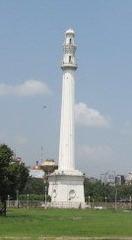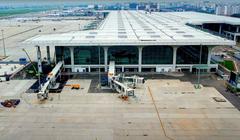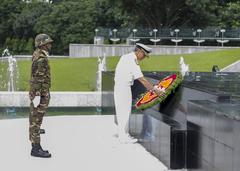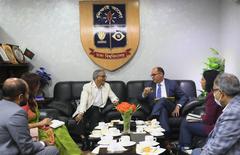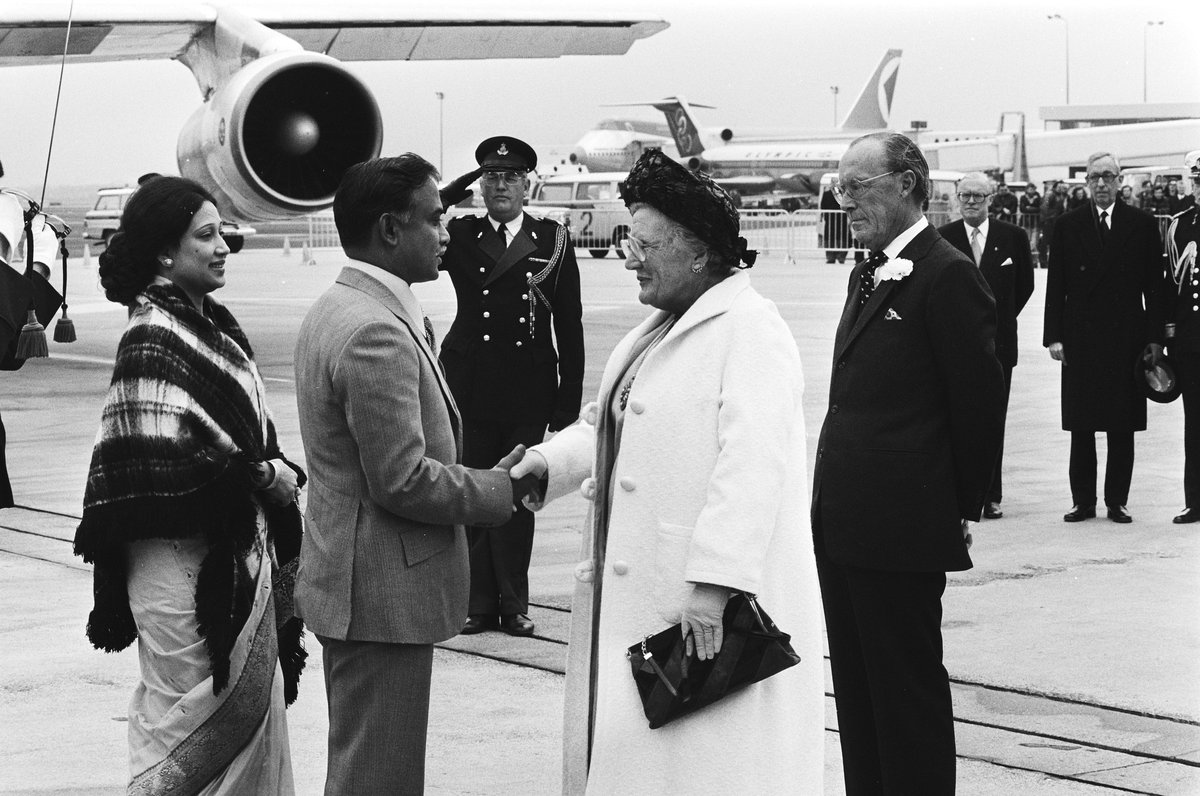
Mausoleum of Ziaur Rahman: Visiting Hours, Tickets, and Dhaka Historical Sites Guide
Date: 14/06/2025
Introduction
The Mausoleum of Ziaur Rahman, located within Chandrima Uddan (Moon Park) near Dhaka’s National Parliament House, is a landmark that encapsulates Bangladesh’s complex political history and evolving national identity. Honoring the country’s seventh president, Ziaur Rahman, this site serves as both a burial place and a symbol of the nation’s journey through war, reform, and political discourse (BengalNest; South Asia Journal). This comprehensive guide details the history, practical visitor information, and cultural significance of the mausoleum, and offers insights for those planning to explore Dhaka’s major historical sites (Trek Zone; The Daily Star).
Table of Contents
- Historical Background and Legacy of Ziaur Rahman
- Visiting the Mausoleum: Hours, Tickets, and Accessibility
- Architectural Design and Symbolism
- Visitor Experience and Practical Tips
- Nearby Attractions
- Cultural Etiquette and Local Insights
- Accessibility for People with Disabilities
- Souvenirs and Further Learning
- Frequently Asked Questions (FAQ)
- Conclusion and Recommendations
- References and Further Reading
Historical Background and Legacy of Ziaur Rahman
Early Life and Military Career
Born on January 19, 1936, in Bagbari, Bogra District, Ziaur Rahman rose through the ranks of the Pakistan Army, earning distinction for leadership and discipline (BengalNest). His formative years set the stage for a military and political career that would leave a lasting imprint on Bangladesh.
Role in the 1971 Liberation War
As a major in the East Bengal Regiment, Zia played a pivotal part in the Bangladesh Liberation War. His declaration of independence on March 26, 1971, from Kalurghat Radio Station galvanized national resistance (BengalNest; TBS News). He led guerrilla operations and was awarded the Bir Uttom for gallantry.
Post-Independence Rise
Post-1971, Zia continued his ascent in the military, eventually becoming Chief of Army Staff. Political instability following independence led to his assumption of the presidency in 1976 (South Asia Journal).
Presidency and Reforms (1977–1981)
Zia’s presidency introduced “Bangladeshi nationalism,” a shift from ethnolinguistic to civic identity. He promoted multi-party democracy and market-oriented reforms, emphasizing rural development and women’s empowerment (Zia Archive; South Asia Journal). His removal of secularism from the constitution and inclusion of Islamic principles sparked debates on national ideology. While these reforms stabilized the economy, his rule was also marked by allegations of human rights abuses and suppression of dissent (BengalNest).
Assassination and Legacy
Ziaur Rahman was assassinated on May 30, 1981, in Chittagong. His death ushered in a new phase of military and political turbulence, but his policies and legacy continue to shape Bangladesh’s political landscape (South Asia Journal). The mausoleum stands as a testament to his enduring influence, attracting both reverence and debate.
Visiting the Mausoleum: Hours, Tickets, and Accessibility
Location
The mausoleum is situated in Chandrima Uddan, adjacent to Crescent Lake and north of the National Parliament House (Jatiya Sangsad Bhaban), in Sher-e-Bangla Nagar (trek.zone; joaoleitao.com).
Opening Hours
- 6:00 AM to 10:00 PM daily (joaoleitao.com)
- During national holidays and commemorative events, expect increased visitors and security (en.bd-pratidin.com)
Entry Fee
- Free of charge; no tickets required (Trek Zone)
Accessibility
- Paved paths and ramps accommodate most visitors, including those with mobility challenges (en.wikipedia.org)
- Some areas may include steps or uneven surfaces; limited wheelchair access in parts
Transportation
- Easily accessible by taxi, rickshaw, or public transport
- Centrally located near major city arteries and well-signposted
Facilities
- Restrooms and shaded seating throughout the park
- Small canteen offering snacks and drinks (travelvibe.net)
- Security personnel especially during public events
Architectural Design and Symbolism
The mausoleum’s design integrates modernist elements with national symbolism. The central tomb, a 30-foot-wide circular structure of black and white marble, is engraved with Arabic calligraphy and topped with a glass and steel roof. Visitors enter via a rainbow-shaped suspended bridge over Crescent Lake—an impressive architectural statement (The Daily Star).
Surrounding gardens, water features, and walkways create a serene atmosphere, while the proximity to the National Parliament House (designed by Louis Kahn) highlights the mausoleum’s place within Dhaka’s civic landscape.
Visitor Experience and Practical Tips
Atmosphere and Activities
- The mausoleum is a place of reflection and reverence, set within a vibrant public park.
- Chandrima Uddan is popular for family outings, picnics, and walking, especially in the early morning or late afternoon.
- Commemorative events on national days attract large crowds and political gatherings (en.bd-pratidin.com).
Dress Code and Conduct
- Modest attire is recommended; cover shoulders and knees
- Remove shoes when entering the mosque
- Maintain quiet behavior near the tomb and during prayers
Photography
- Permitted in outdoor areas; be discreet near the tomb and during ceremonies
- Professional photography requires prior permission
Best Times to Visit
- Early mornings or late afternoons for cooler temperatures and fewer crowds
- Weekdays to avoid peak times and event-related crowds
Safety
- The area is generally safe but be mindful of belongings
- Expect security checks during national events
Nearby Attractions
- Jatiya Sangsad Bhaban (National Parliament House): Architectural icon by Louis Kahn (joaoleitao.com)
- Bangladesh National Museum: Extensive collections on the nation’s history (trek.zone)
- Liberation War Museum: Dedicated to the 1971 war (Trek Zone)
- Bashundhara City Mall: Major shopping center nearby
- Bangabandhu Sheikh Mujibur Rahman Novo Theatre: Planetarium and science center
Cultural Etiquette and Local Insights
Bangladeshis are hospitable and curious about visitors (joaoleitao.com). While English is widely understood, learning a few Bengali greetings is appreciated. Be respectful of the mausoleum’s political and cultural sensitivities and its significance to locals.
Accessibility for People with Disabilities
- Main paths are generally accessible; some areas have steps or uneven surfaces
- Limited wheelchair ramps available; assistance may be helpful
Souvenirs and Further Learning
- Vendors near the park entrance sell souvenirs
- The Memorial Hall within the complex and the Bangladesh National Museum provide deeper historical context (ziamuseum.org.bd)
Frequently Asked Questions (FAQ)
Q: What are the visiting hours?
A: 6:00 AM to 10:00 PM daily.
Q: Is entry free?
A: Yes, there is no charge for entry.
Q: Is the mausoleum accessible?
A: Most main paths are accessible; some areas may require assistance.
Q: Can I take photographs?
A: Yes, but be discreet near the tomb and during ceremonies.
Q: How do I get there?
A: By taxi, rickshaw, or public transport; the site is centrally located and well-signposted.
Conclusion and Recommendations
The Mausoleum of Ziaur Rahman is an essential destination for those seeking to understand Bangladesh’s modern identity and political history. Its tranquil setting in Chandrima Uddan, architectural features, and proximity to other major landmarks make it a valuable stop for reflection, education, and cultural engagement. Plan your visit for early mornings or weekdays for the best experience, and respect the solemnity of this national monument.
For real-time travel updates and detailed guides, download the Audiala app, explore our related articles, and stay connected through social media.
References and Further Reading
- From Liberation Fighter to President: The Story of Ziaur Rahman, BengalNest
- A New Beginning for Bangladesh: The Legacy of Ziaur Rahman (1975-1981), South Asia Journal
- Ziaur Rahman: The Man Who Gave Us Our Identity, Zia Archive
- Monuments, Resistance, and the Politics of Memory, The Daily Star
- Visiting the Mausoleum of Ziaur Rahman in Dhaka: History, Hours & Travel Tips, Trek Zone
- Visit Dhaka Bangladesh: Mausoleum of Ziaur Rahman, joaoleitao.com
- Mausoleum of Ziaur Rahman, Wikipedia
- National Parliament House, Bangladesh Parliament
- National Tourism Board of Bangladesh
- Dhaka City Travel Guide
- Commemorative Events at Mausoleum of Ziaur Rahman, bd-pratidin.com
- Memorial Hall, Zia Museum
- Best Places to Visit in Dhaka, travelvibe.net
- Chandrima Uddan, gpsmycity.com
